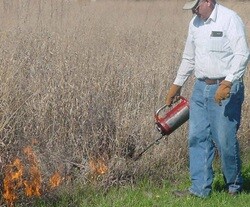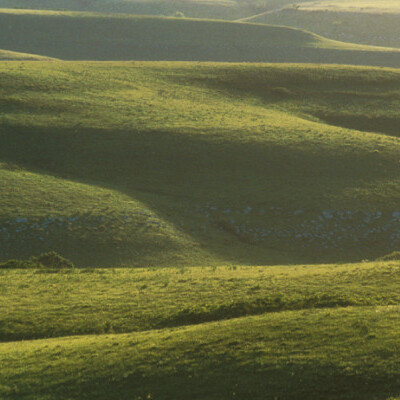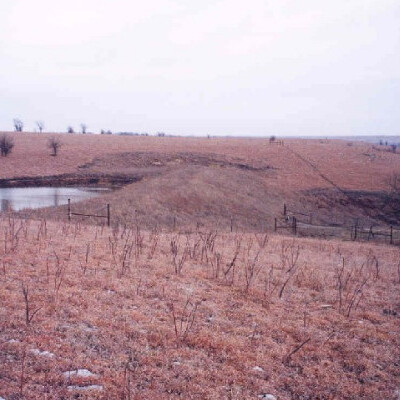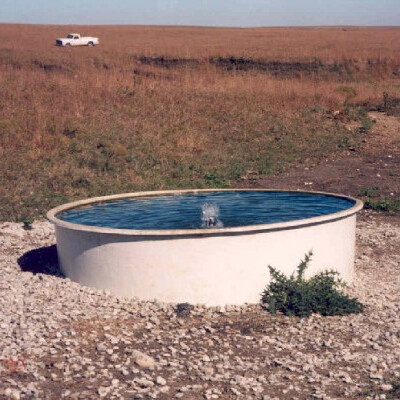State Cost Share for Pasture, Range and Hayland
Implementing pasture and range management project, including hayland projects, can have a significant effect on reducing soil erosion and improving water quality. Financial assistance is available for establishment and re-establishment of pasture, range and hayland, as well as a variety of water supply projects. The following practices are approved through the State Cost Share program for local districts to offer: Brush Management, Interior Cross Fence for rotational grazing, Heavy Use Area Protection, Herbaceous Weed Treatment, Livestock Water Supply Pipeline, Pasture and Hay Planting, Pond construction, Pond Sealing or Lining, Compacted Soil Treatment, Prescribed Burning, Prescribed Grazing, Pumping Plant for water supply, Range Planting, Silvopasture, Spring Development, Water Well, Watering Facility, and Woody Residue Treatment. Please note not all practices are available in every county.
The following examples provide details on a few more common practices:
1. Pasture, Range and Hayland and Planting
This practice is implemented to establish and re-establish long-term stands of adapted species of perennial or re-seeding forage plants (includes pasture and hayland renovation). These plantings also reduce erosion on existing pasture and hayland or on land that is converted from other uses.
Range planting and renovation, utilizing native grass species, is also available and offers the same erostion control benefits, as well as additional wildlife habitat benefits.
2. Prescribed Burning
While most commonly seen in the Flint Hills, this conservation practice is used to accomplish one or more of the following across the state:
-
Manage undesirable vegetation to improve plant community structure and composition.
- Manage pests, pathogens, and diseases.
- Reduce wildfire hazards from biomass accumulation.
- Improve habitat for wildlife and invertebrates.
- Improve plant and seed production, quantity, and/or quality.
- Facilitate the distribution of grazing and browsing animals to improve forage-animal balance.
- Improve and maintain habitat for soil organisms and enhance soil health.

3. Livestock Pond
4. Watering Facility
A watering facility is a trough, tank or waterer with necessary devices installed to provide drinking water for livestock. The primary purpose of all water supply practices is to provide water for livestock to facilitate proper use of vegetation on rangeland or pasture. This primary purpose also includes to reduce livestock impacts on streams or riparian areas with the stated or implied intent of improving water quality. Watering facilities may also be installed in order to improve grazing distribution and when implementing a rotational grazing system. All alternative grazing management practices must be exhausted before an additional water supply is implemented.
5. Brush Management
Brush Management is the removal, reduction, or manipulation of non-herbaceous plants. The purpose of this practice is to restore the desired vegetative cover to protect soils, control erosion, reduce sediment, improve water quality, enhance grazing ditribution in pastures, and/or enhance stream flow. Through state cost share brush managment requires the removal, reducation of manipulation of non-herbaceouas plants be comleted via mechanical cut and chemical stump treatment, this program does not allow for any other method of clearing.



